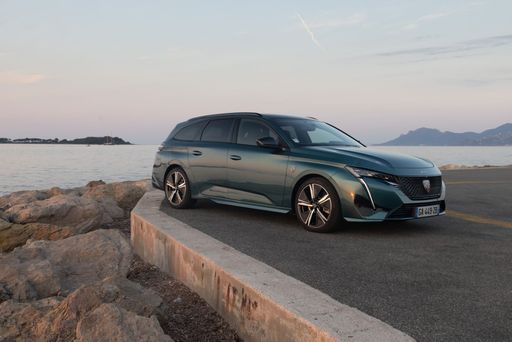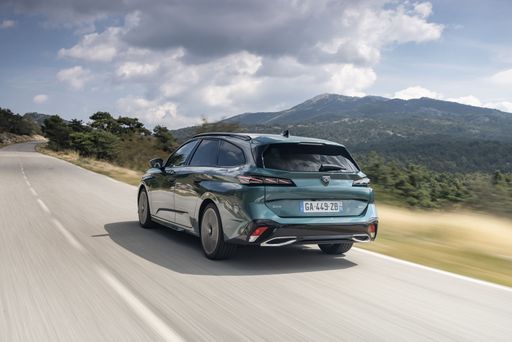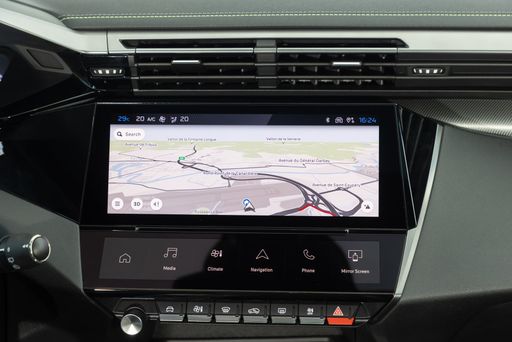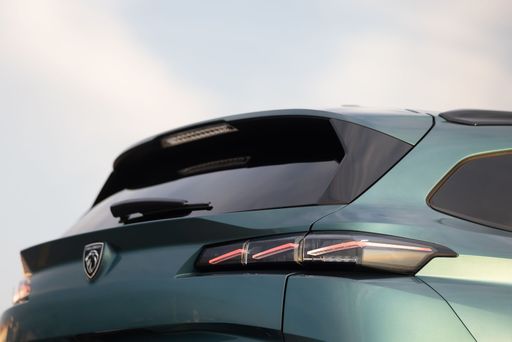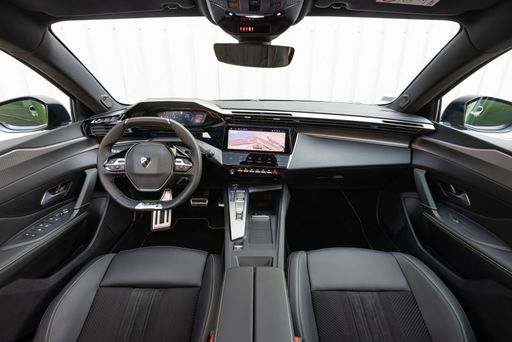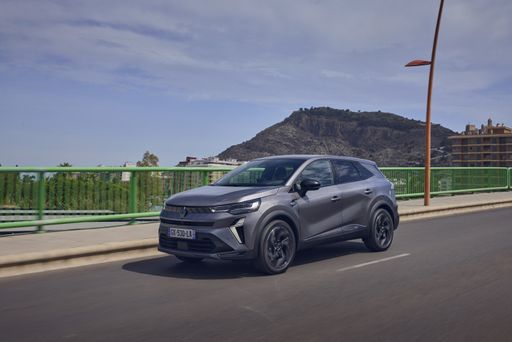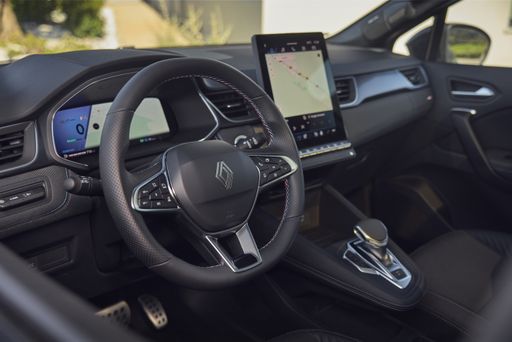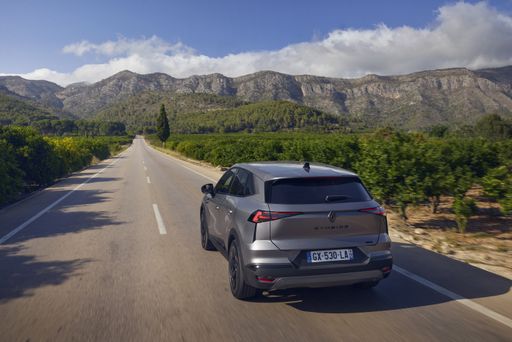Design and Dimensions
The Peugeot 308 SW, a wagon, measures 4636 mm in length, 1852 mm in width, and 1442 mm in height. This dynamic exterior not only offers a stylish presence but also provides generous trunk space of 608 liters, making it a practical choice for families and adventures. With a curb weight starting at 1385 kg, the 308 SW ensures a blend of agility and stability on the road.
On the other hand, the Renault Symbioz, classified as an SUV, is slightly more compact, measuring 4413 mm in length, 1797 mm in width, and standing taller at 1575 mm. Even with a smaller footprint, the Symbioz still delivers a commendable trunk capacity of 492 liters, which is ideal for everyday errands and weekend getaways. Its curb weight of 1498 kg places it in a range that feels robust yet manageable.

